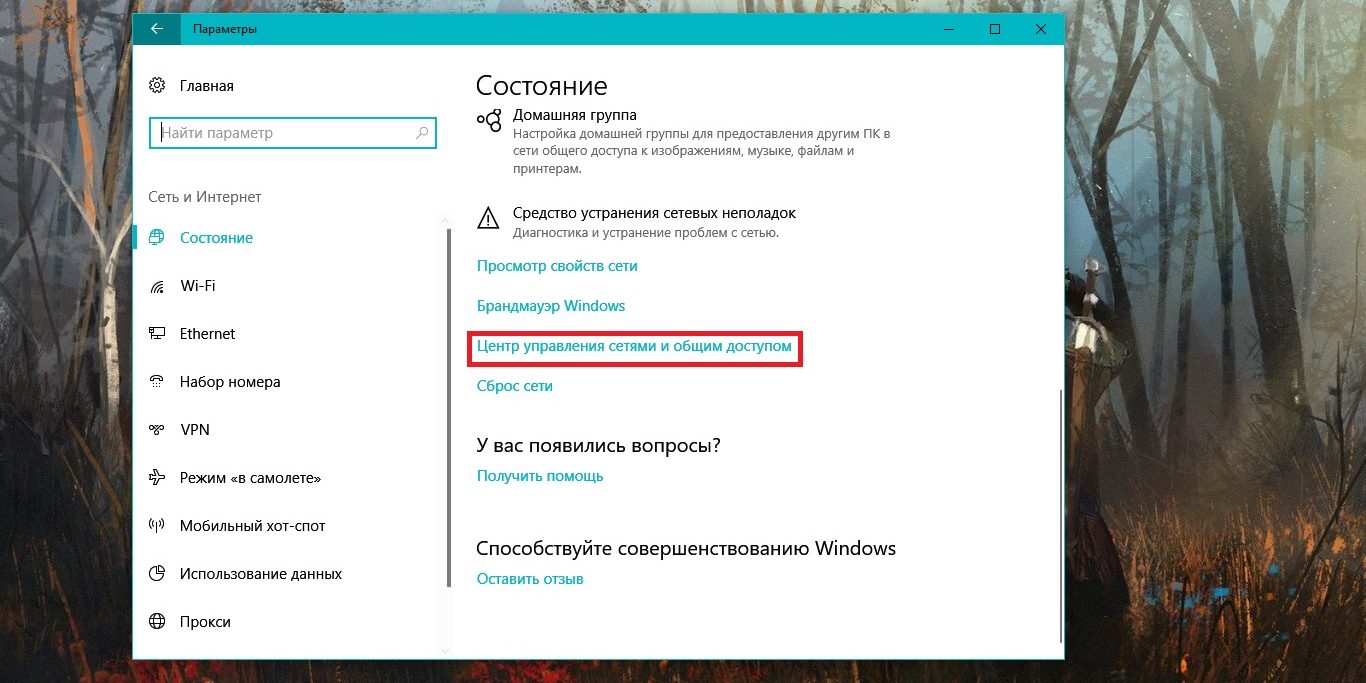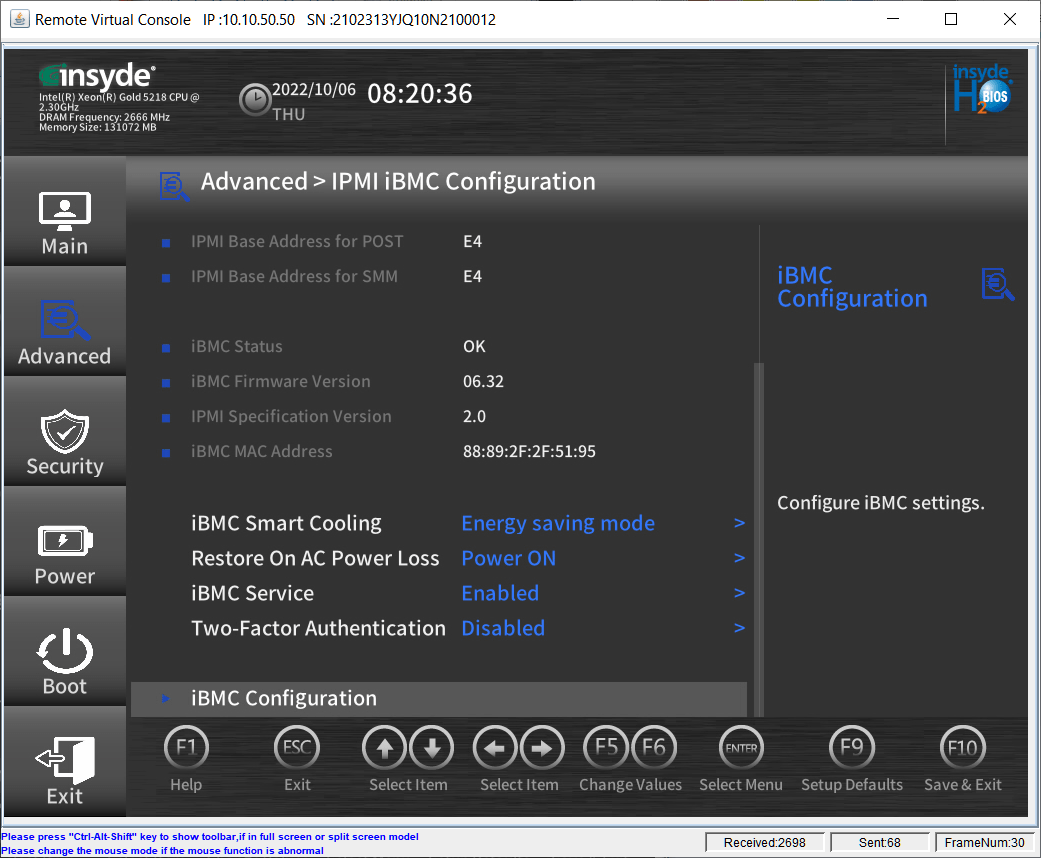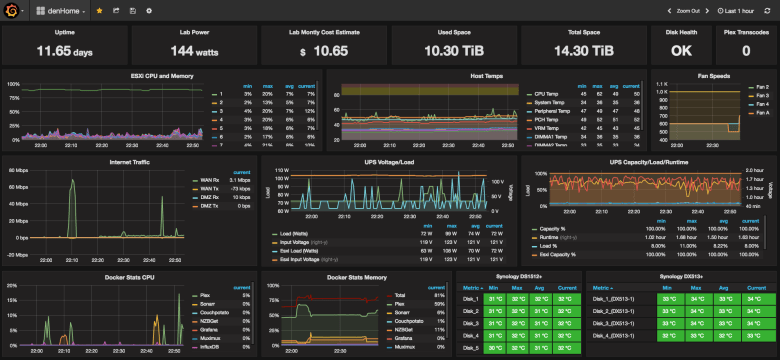Introduction
Server configuration management is an essential part of the work of system administrators and DevOps engineers. It’s a process that allows you to automate server setup, ensuring the stability and reliability of the entire infrastructure.
Basic Principles of Configuration Management
The basic principles of configuration management include:
— Tracking changes in server configurations;
— Automating the server setup process;
— Ensuring consistency of configurations across all servers;
— Centralized storage of configurations;
— Restoring to previous versions of the configuration if necessary.
Server Configuration Management Tools
Ansible
Ansible is a tool for automating server configuration management. It uses the YAML language to describe the configuration and allows you to run various modules on remote nodes.
Advantages of Ansible:
— Ease of use and installation;
— Agentless architecture, making it lightweight;
— Powerful configuration management capabilities;
— Wide user community;
— Support for various operating systems.
Chef
Chef is another popular server configuration management tool. It uses Ruby to describe the configuration and has configuration management capabilities, such as recipes and cookbooks.
Advantages of Chef:
— Flexibility and extensibility through the use of Ruby;
— Powerful automation tools;
— Centralized configuration management;
— A wide range of ready-made recipes in the public domain;
— Support for various operating systems.
Puppet
Puppet is another popular server configuration management tool. It uses its own configuration description language and has configuration management capabilities, such as manifests and modules.
Advantages of Puppet:
— Powerful configuration management capabilities;
— Centralized configuration management;
— Support for many operating systems;
— A wide range of ready-made modules in the public domain;
— Ability to create your own modules and manifests.
Comparison of Configuration Management Tools
| Tool | Advantages | Disadvantages |
|————|—————|————|
| Ansible | Ease of use, lightweight, wide user community | No GUI, less flexibility compared to Chef and Puppet |
| Chef | Flexibility and extensibility, powerful automation tools | More dependencies, more difficult to learn for beginners |
| Puppet | Powerful configuration management capabilities, a wide range of ready-made modules | Difficulty in installation and configuration, cumbersome manifests |
Conclusion
Server configuration management is an integral part of the work of system administrators and DevOps engineers. The choice of configuration management tool depends on the specifics of the project, requirements for flexibility and scalability. Ansible, Chef, and Puppet are just some of the tools that can help automate server setup processes and ensure the stability of your infrastructure.





